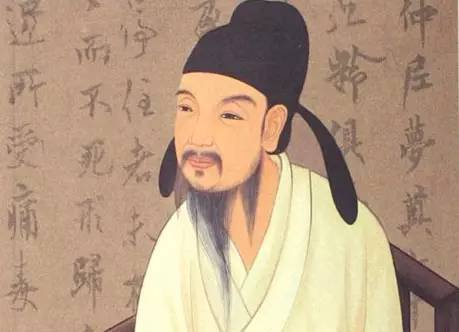
Ouyang Xun's calligraphy combines the characteristics of Han Li and Jin Dynasty regular scripts, and also incorporates the six dynasties' inscriptions, so it can be said that he draws on the strengths of each calligraphy school. The main characteristics of the style are rigorous and neat, upright and vigorous. Although the font is slightly longer, the intervals are white, neat and rigorous, the middle palace is tight, and the main stroke is elongated, which makes it appear vigorous and unrestrained, sparse and dense, all sides are well prepared, eight sides are exquisite, the charm is vivid and just right. The combination of stipples and the structural arrangement are flat in the center but steep and strong. Most of the fonts expand to the right, but the center of gravity is still very stable and there is no sense of inclination, so it has the interest of combining danger with uprightness.
Today's people who study Ouyang Xun's regular script are too aggressive and eager for success from a strategic point of view. Tactically speaking, there are roughly the following errors:
1. Improper writing skills.
For example, for the first point of the three points of water, many people write at an angle, and the points they write are not round enough, and they cannot write the taste of "point of water". Another example is the ending of a long stroke. Many people "drag" it out, with a thin line trailing behind it, a bit like the larvae of a fly. Another example is the horizontal fold of the hook. Some people write with "slumped shoulders" due to incorrect handwriting.
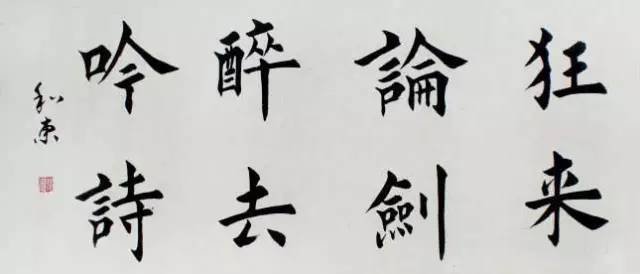
2. Too much stability.
Regular script was born out of official script, and its biggest improvement is that it "stands up." In order to pursue the rigorous and neat artistic characteristics of the European style, some people make the European regular script "sit down" again. The words they write are like sitting on the ground, a pile of fat and stable, and they have not learned the steep characteristics of the European regular script. .
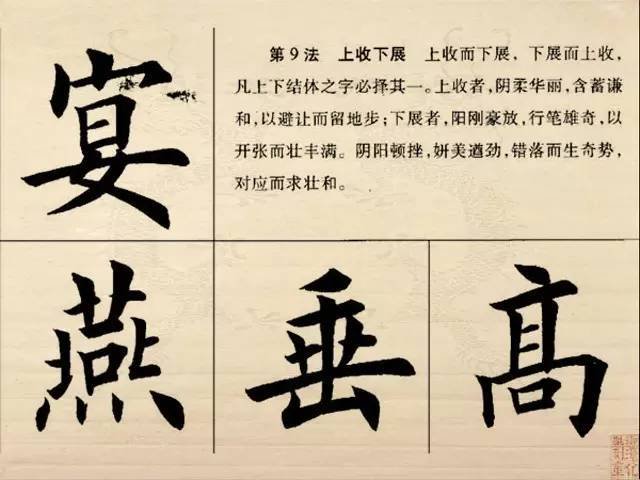
3. Lack of vitality.
Ou Kai seeks stability in danger, but can keep its charm vivid. In order to be stable and look good, some people write stroke by stroke too slowly and too accurately, causing the entire word to lose its vitality.
4. Lack of energy.
Some people have been studying Ou Kai Kai for a long time, but they use the "sweeping and sweeping" method to write too much. They dare not and cannot use reverse strokes to start writing. They are not calm when writing and cannot write long and vertical strokes well. For example, next to the sharp knife in the word "Xing", Ouyang Xun's vertical hook is straight and can withstand great force. But what people learn today is curved and cannot bear force. This is the most common problem when learning Ou Kai nowadays.
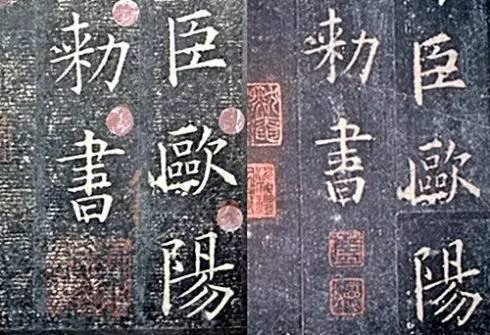
Fifth, there is no intensity.
Some people only see the compact structure and proper spacing of European regular script, and focus on using the changes in stroke thickness to piece together the font, ignoring the bones and strength that regular script should have. The entire character has not found the center of gravity and stress point of the font. It looks like it was built from a pile of loose wood. The strokes and white space are evenly placed, but the entire word is weak and weak.
6. Written in artistic calligraphy.
Ou Kai is easy to learn because of its neatness and strictness. In order to take a shortcut and get results in the shortest time, some people practice Ou Kai script according to the method of artistic calligraphy, copy it by rote, copy the gourd and draw the scoop, and the words they write are the same. The good-looking ones are always the ones, and some are difficult to write. The characters can only be replaced with variant characters. As time goes by, it will be difficult to go back from the wrong path, which not only delays oneself, but also ruins the atmosphere of the book world.
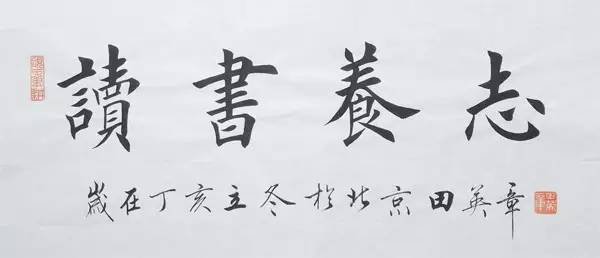
Generally speaking, Ou Kai seems to be easy to learn, but is actually difficult to master. Ouyang Xun's "Jiucheng Palace" is a relatively mature work in his later years. Every word is exquisite and perfect. It can be retracted and released freely without leaving any trace. It has reached the state of "doing what one wants without going beyond the rules". This characteristic is very obvious in the words "fenyan is like a sound, and it is obvious". Beginners who learn "Jiucheng Palace" are prone to the mistake of "being cautious and not letting the atmosphere out". The more they learn to learn it to be compact and steep, the more they learn, the less relaxed they become, and the more they learn, the more rigid they become. If those who study Ou Kai cannot properly understand the subtleties of this aspect of "Jiucheng Palace", I am afraid that most of them will go astray.








